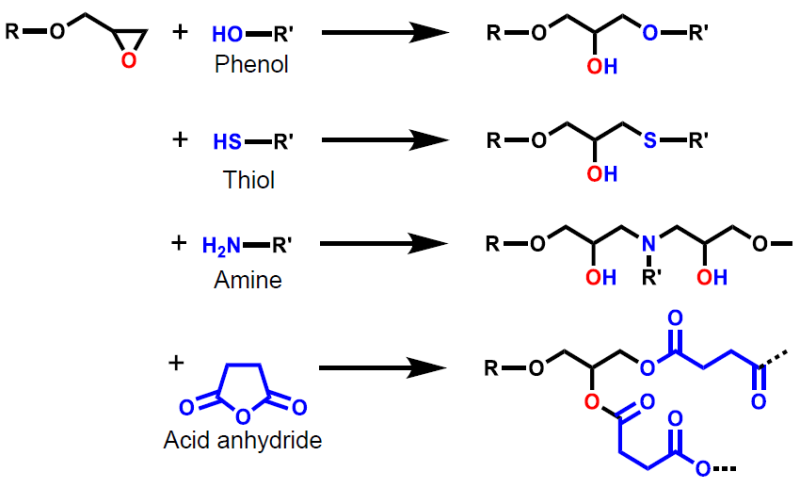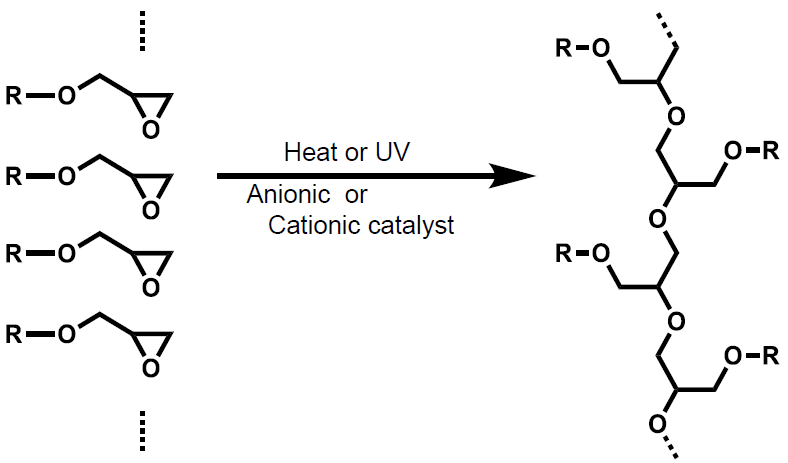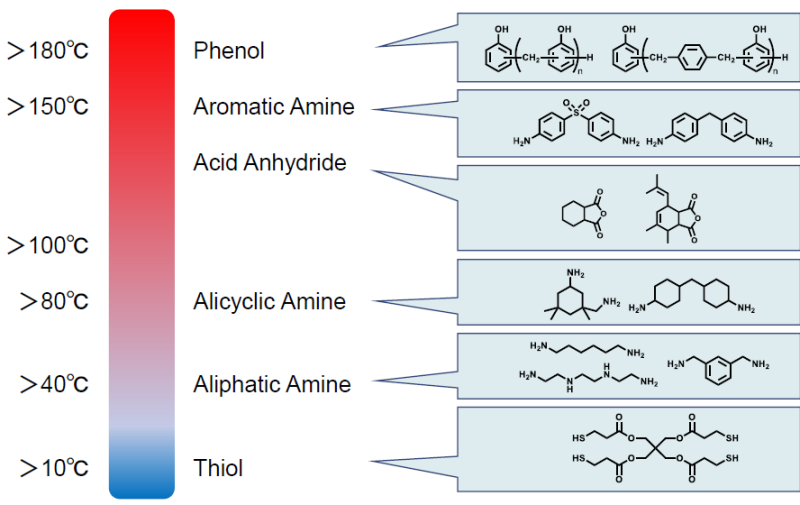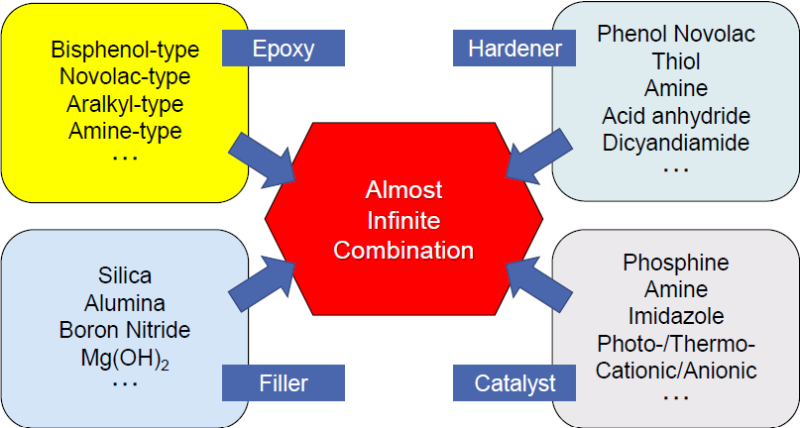Knowde Enhanced TDS
Identification & Functionality
- Chemical Family
- Polymer Name
- CASE Ingredients Functions
- Composite Materials Functions
- Plastics & Elastomers Functions
- Technologies
- Product Families
- Molecular Structure
Structure : BisA:BisF=50:50

Features & Benefits
- CASE Ingredients Features
- Materials Features
- Features
- Highly adhesive to metal, porcelain, concrete
- Excellent insulation property
- High heat resistance
- High chemical resistance
- High water resistance
Applications & Uses
- Applications
- Compatible Substrates & Surfaces
- Cure Method
- Applications & Use
jER™ 4250 is used for coatings (PCM, CAN, and so on) , adhesives.
Properties
- Color
- Appearance
- Pale yellow solid
- Physical Properties
- Typical Properties
- Note
*based on Mitsubishi Chemical test methods.
| Value | Units | Test Method / Conditions | |
| Glass Transition Temperature | 70 | °C | Differential Scanning Calorimetry |
| Viscosity (at 25°C, 40% Solid Butyl Carbitol) | max. Z8+ | — | Gardner-Holdt |
| Value | Units | Test Method / Conditions | |
| Epoxy Equivalent Weight (WPE)* | 7500 - 8900 | g/eq | Potentiometric Titration |
| MEK Content* | max. 3 | % | GC |
| Molecular Weight | 59,000 | — | — |
Technical Details & Test Data
- Typical Reactions with Representative Hardeners

- Typical Reactions with Self Polymerization

- Selection of Hardeners
Appropriate choice of Hardener for a desired curing temperature

- General Ways to Use Epoxy
- Epoxy resin forms 3D crosslinked network structure
- Abundant choices of Epoxy/Hardener combination

Packaging & Availability
- Packaging Type
- Packaging Information
- Paper bag with 25 kg net
Storage & Handling
- Shelf Life
- 3 months
- Storage and Handling
jER™ 4250 Should be stored in tightly closed containers under exclusion of humidity at gentle temperatures. Avoid exposure to direct sunlight. Under these storage conditions the product has a minimum shelf life of three months from date of delivery.

